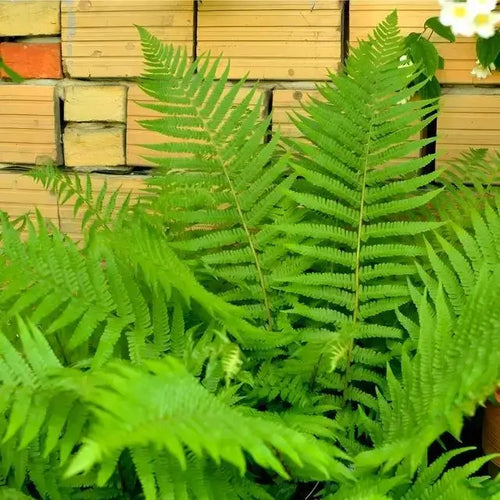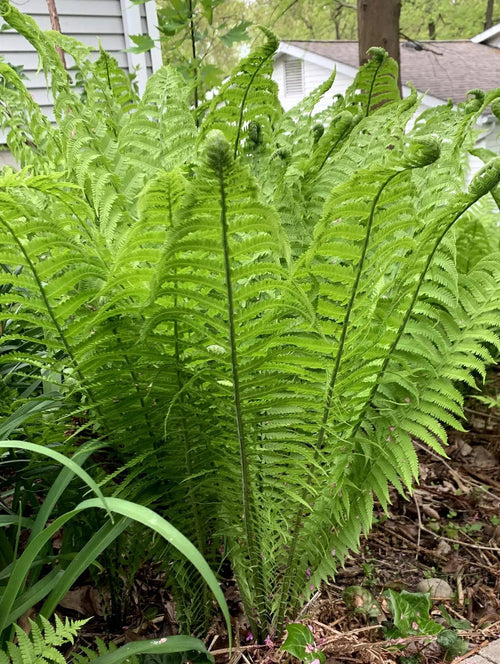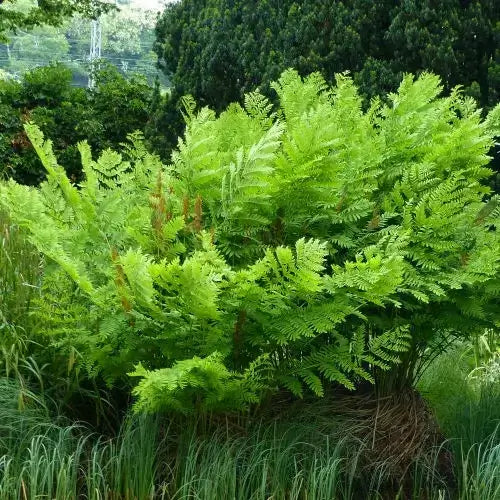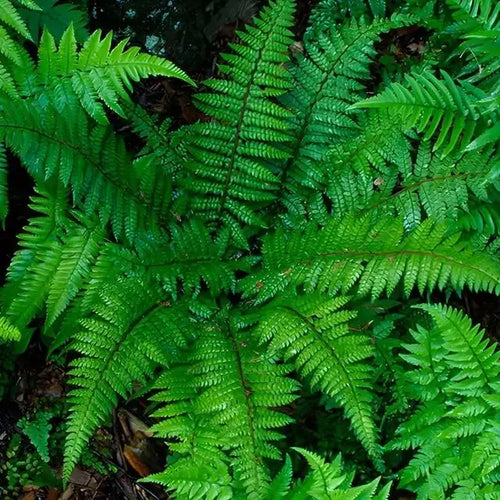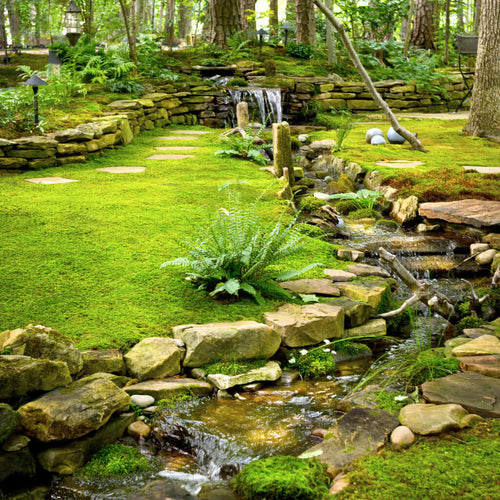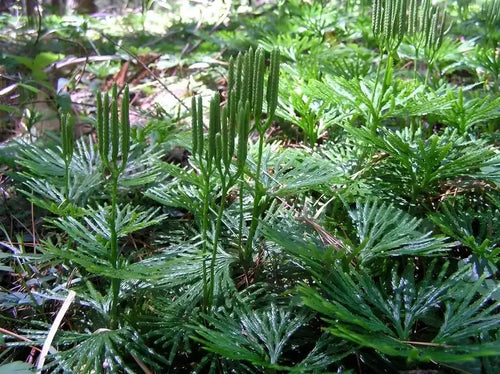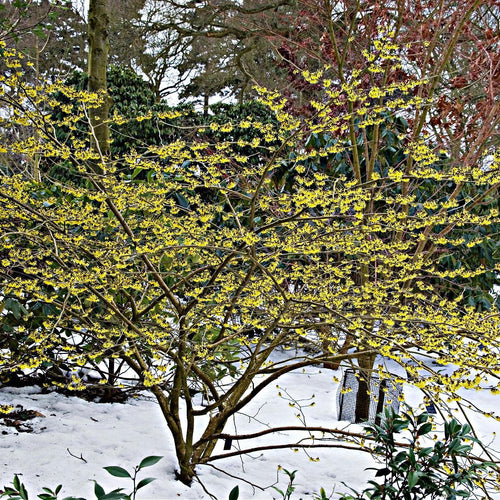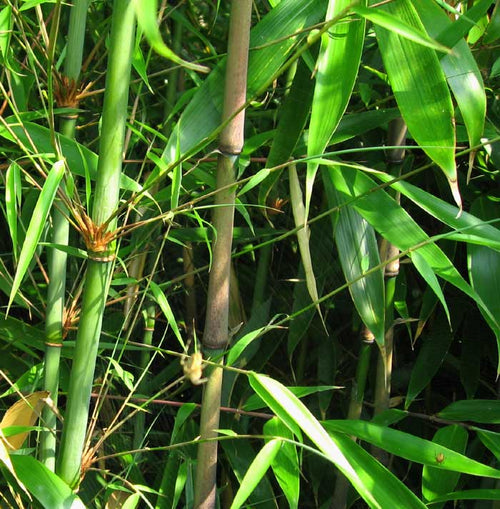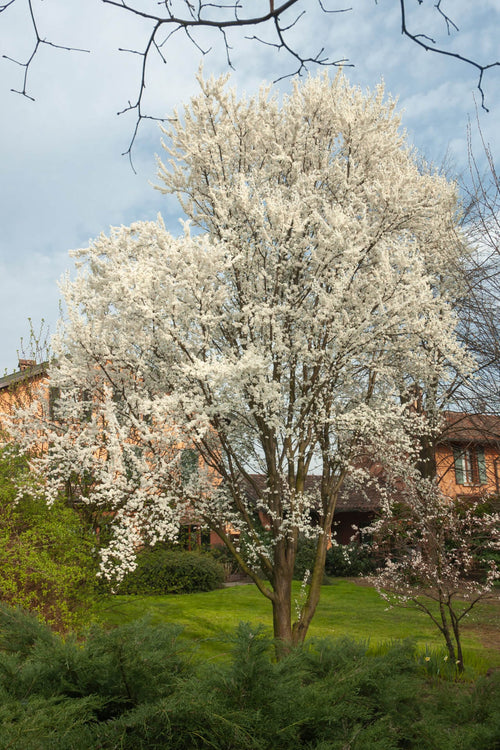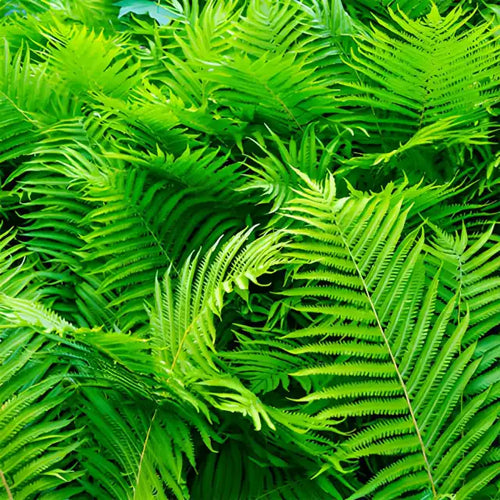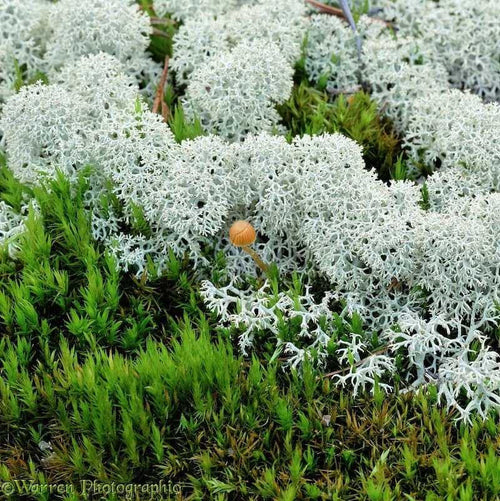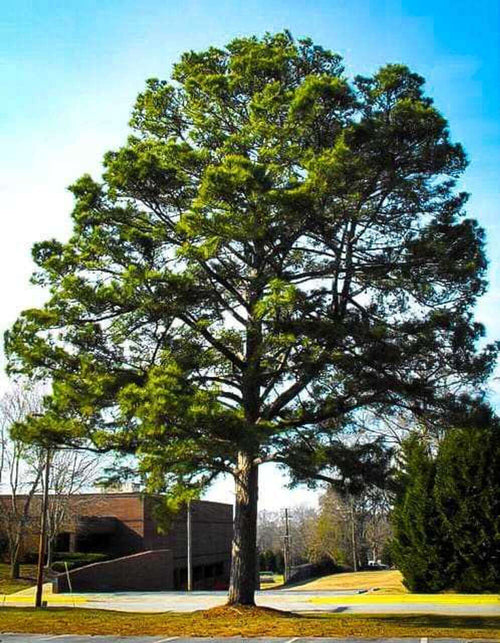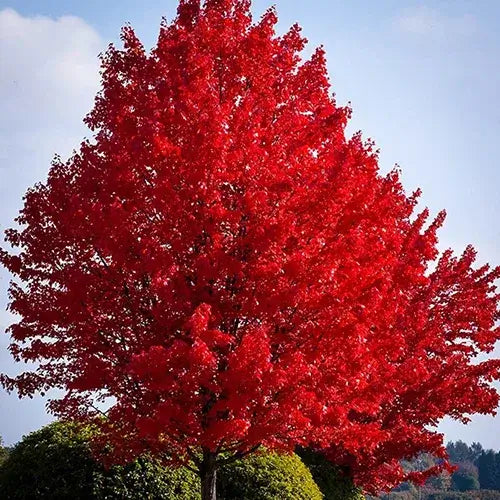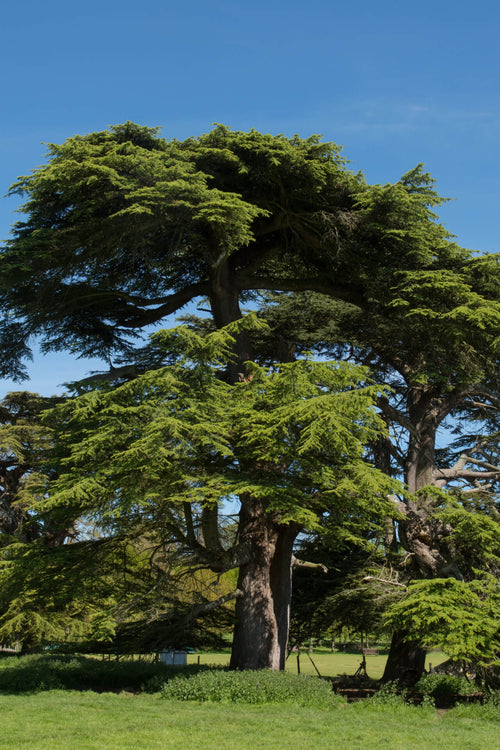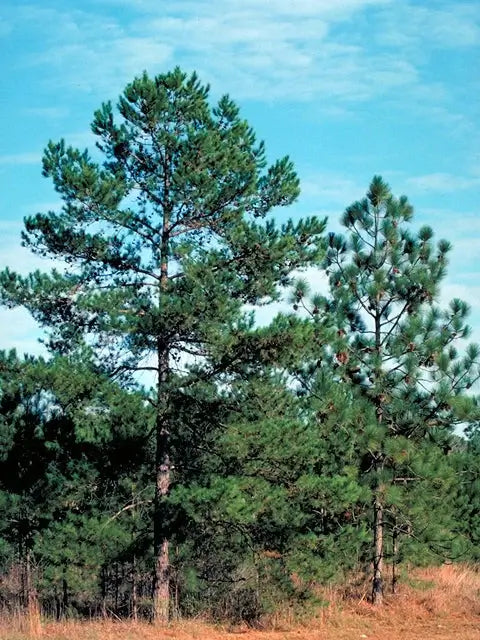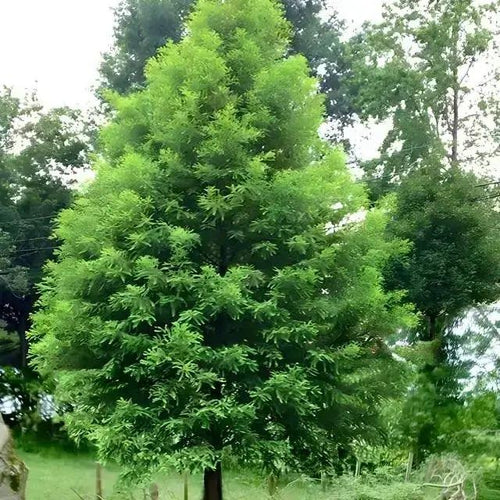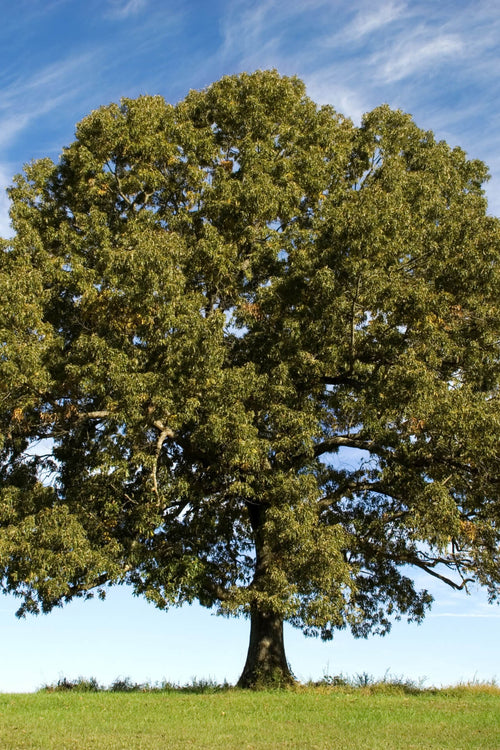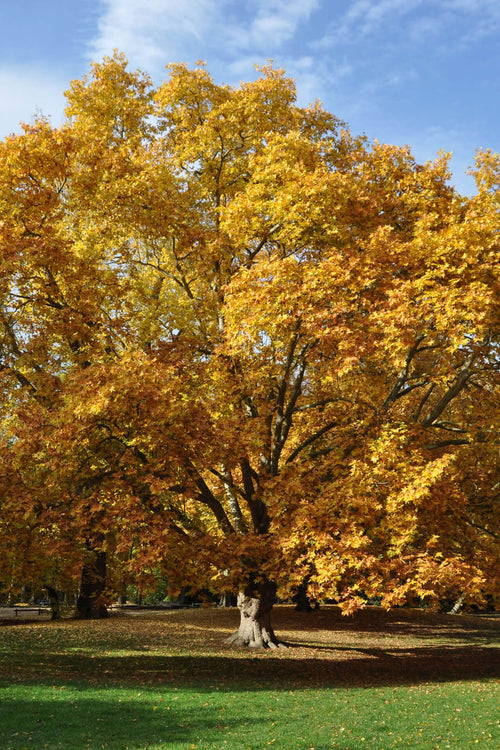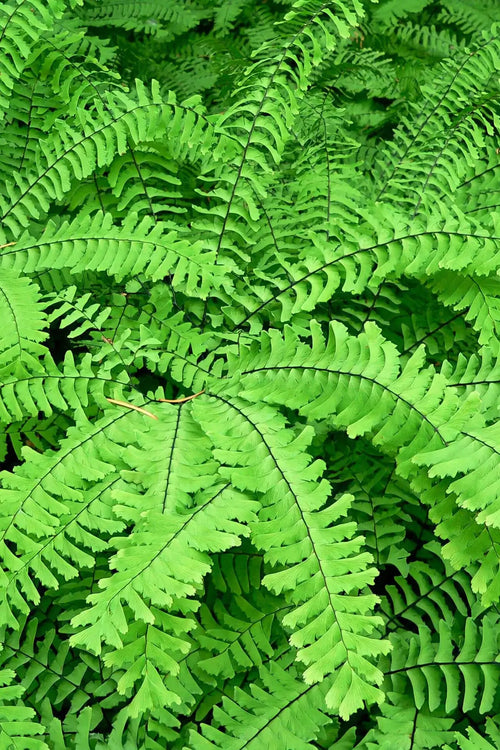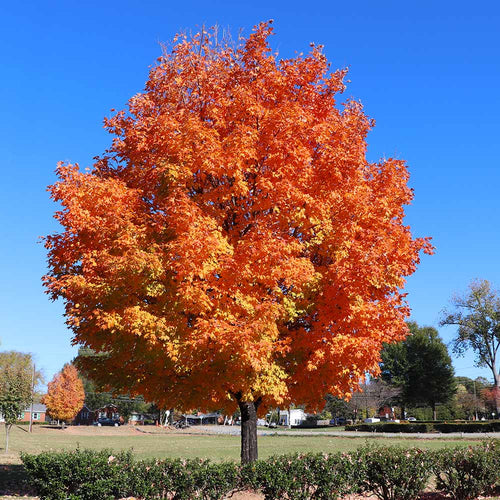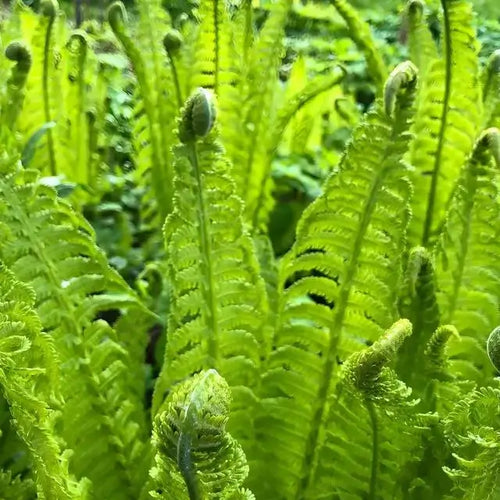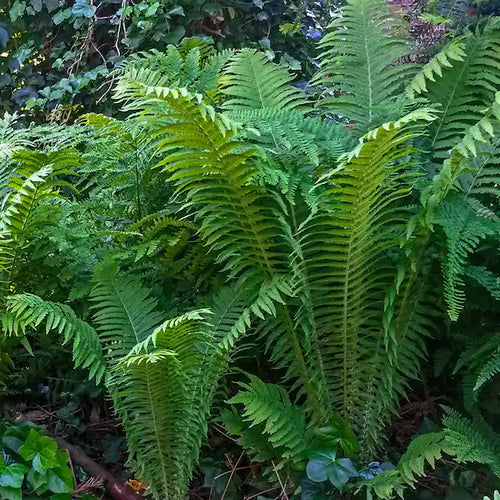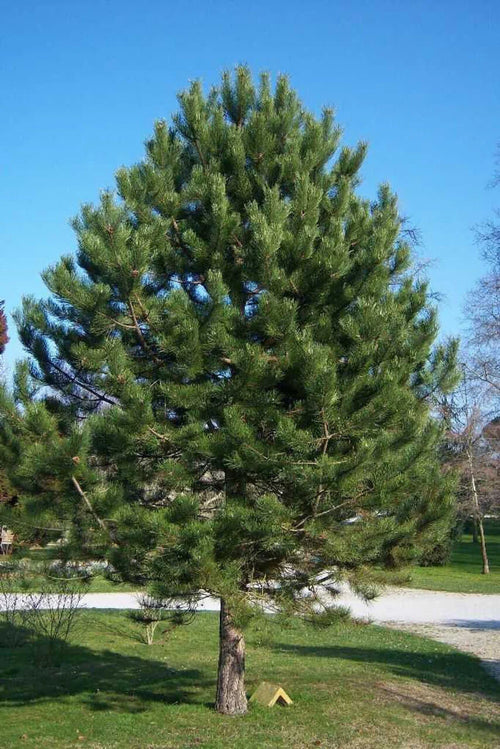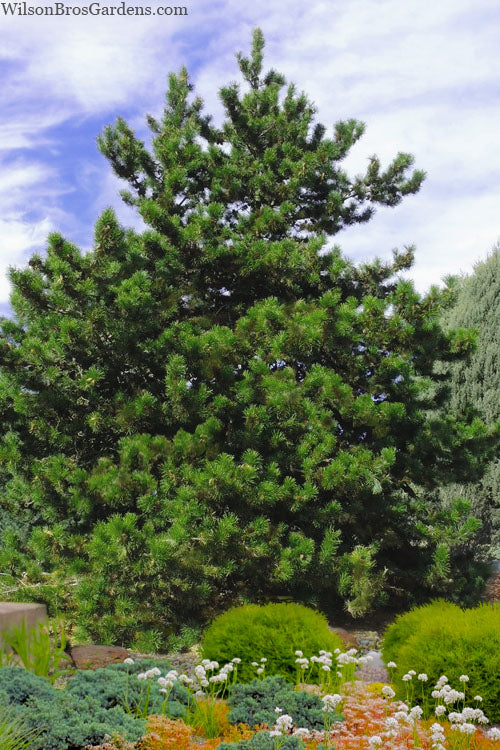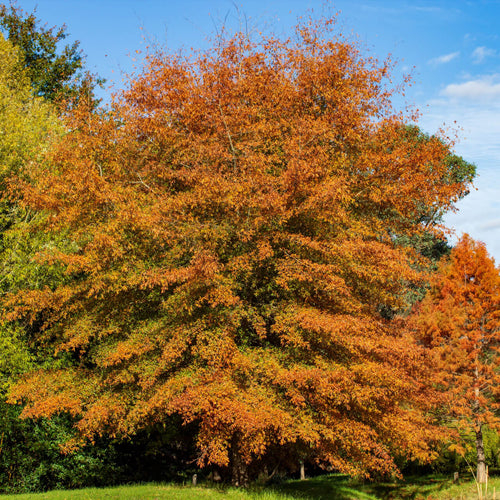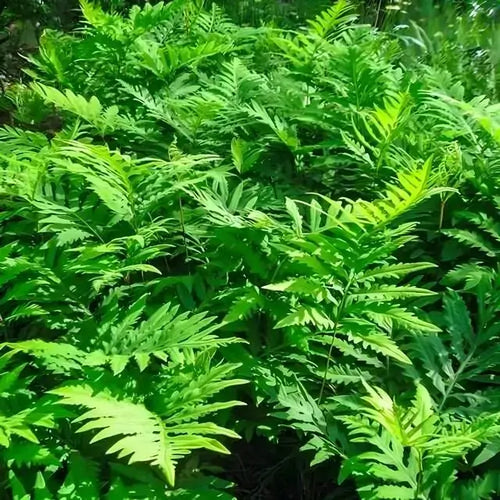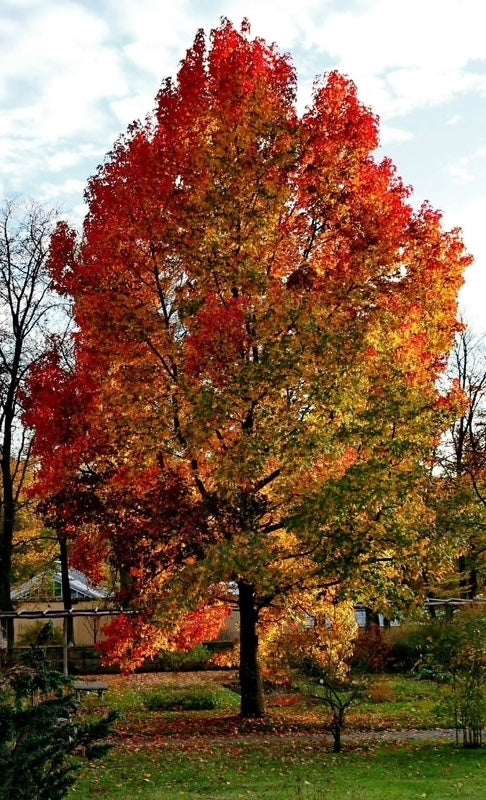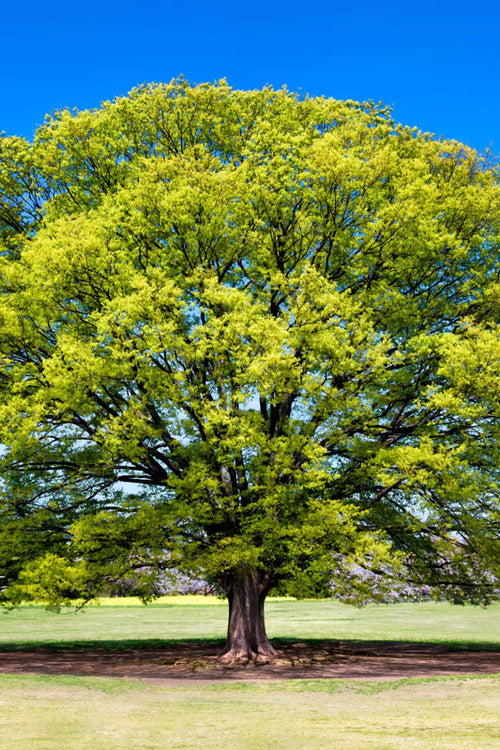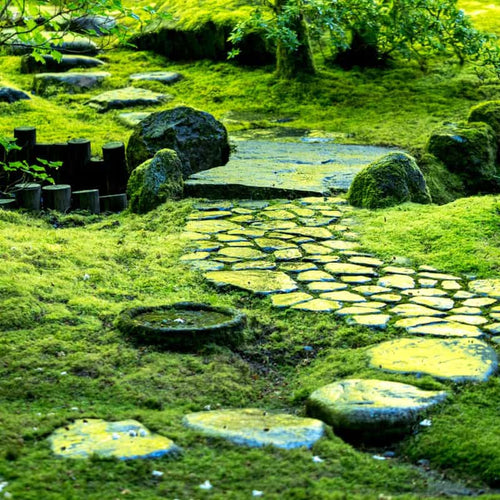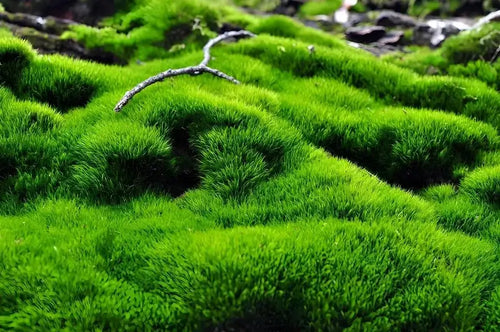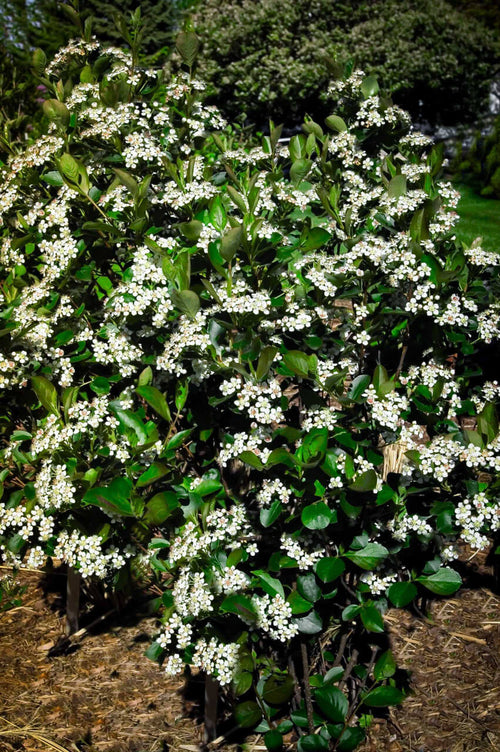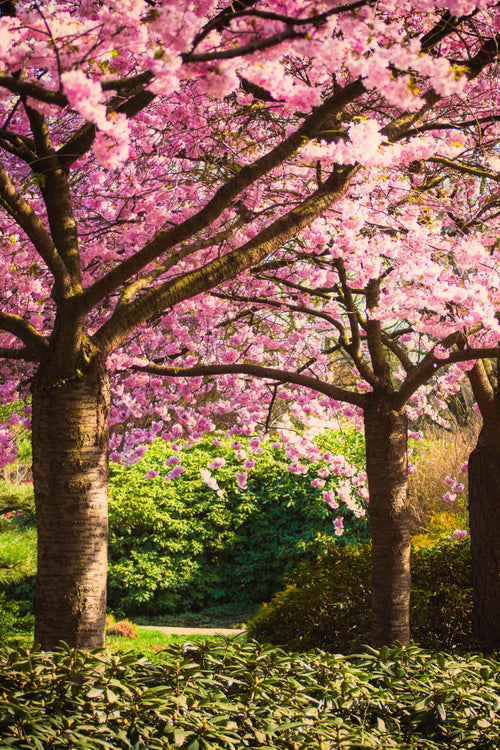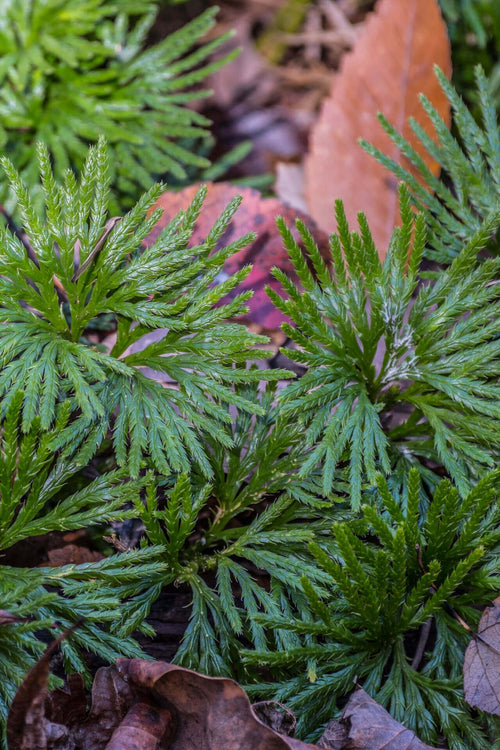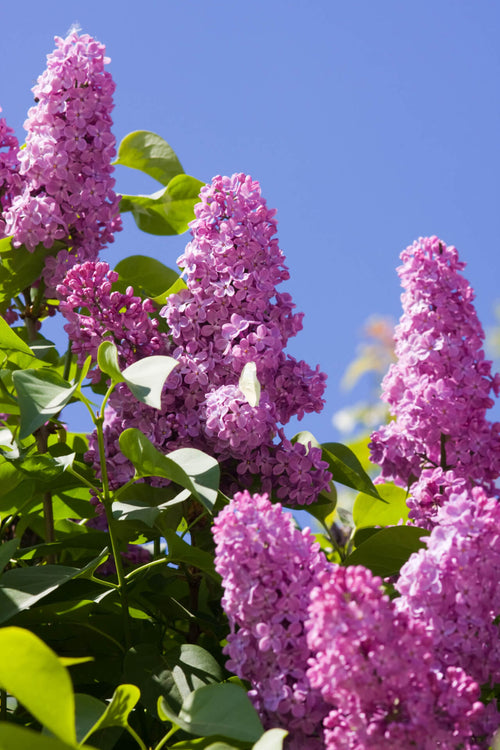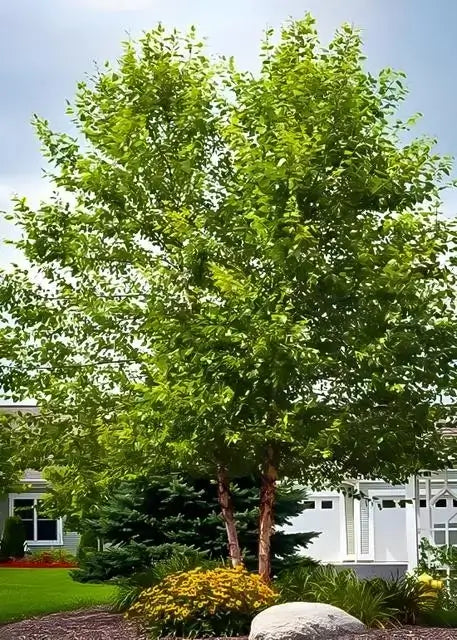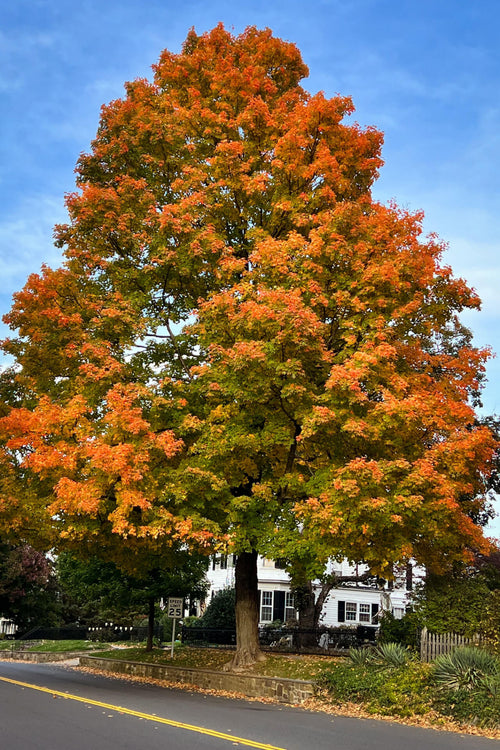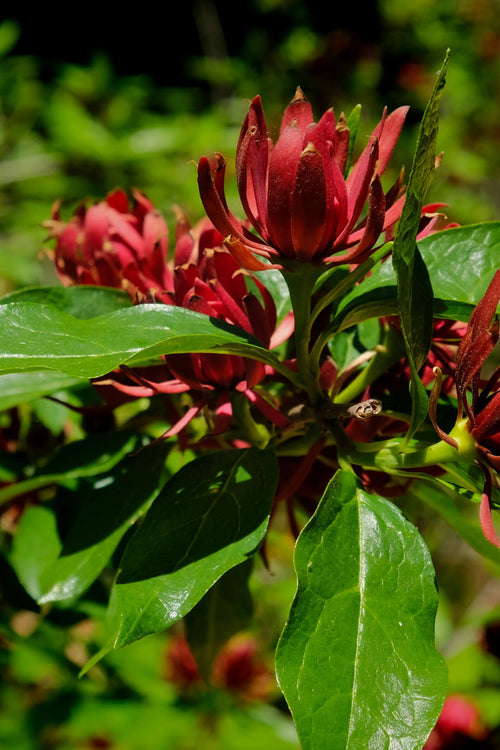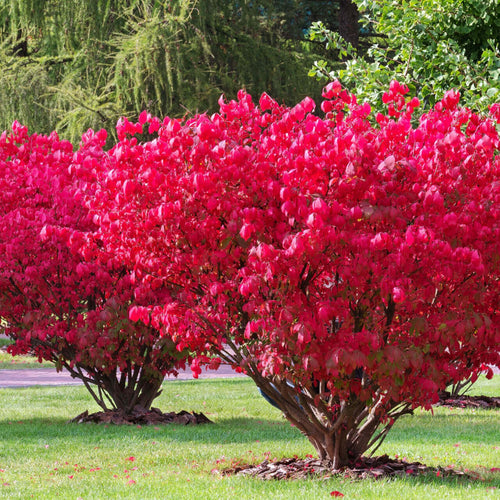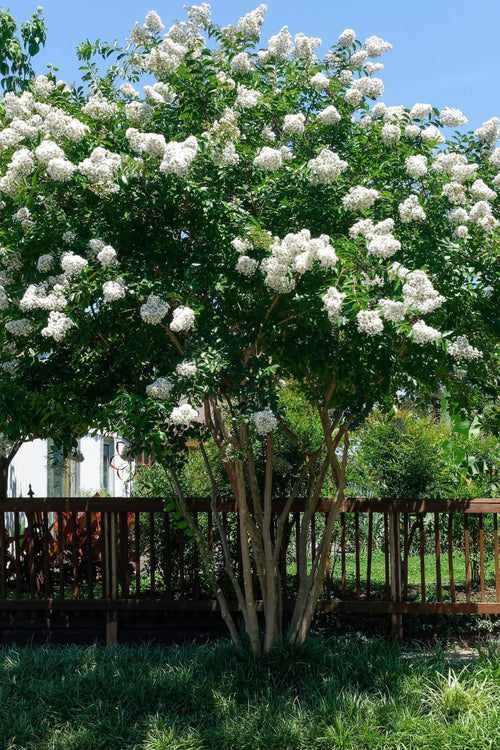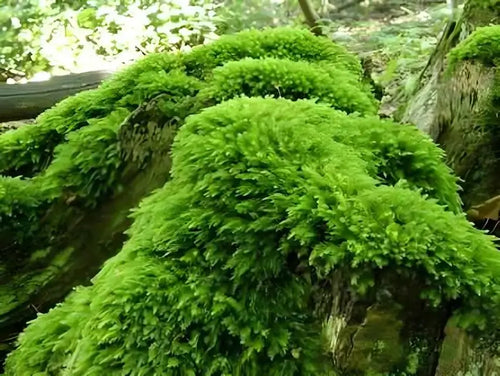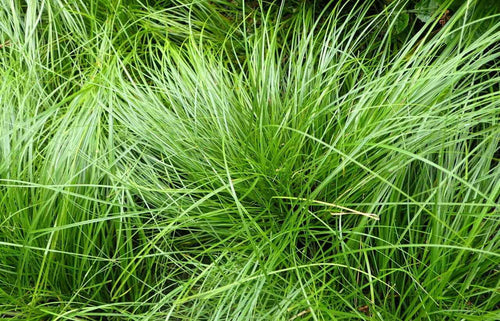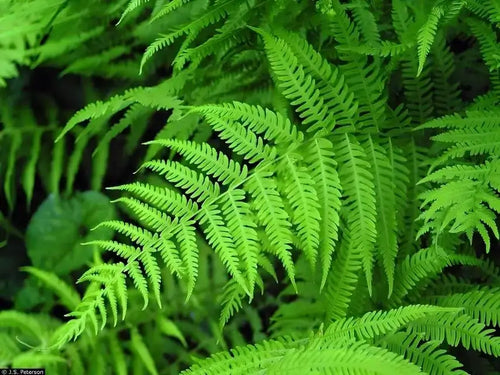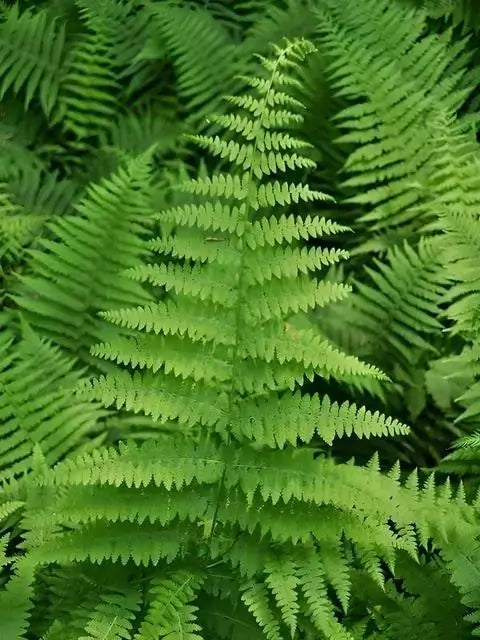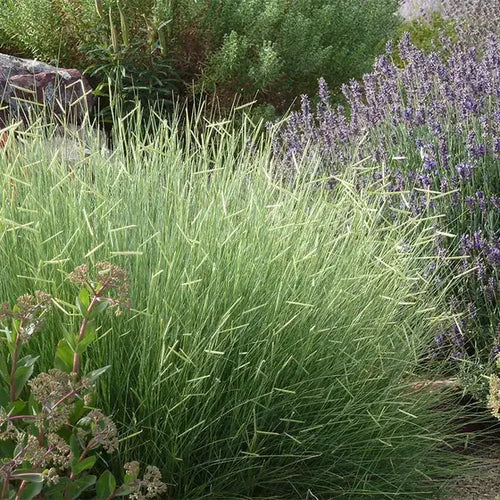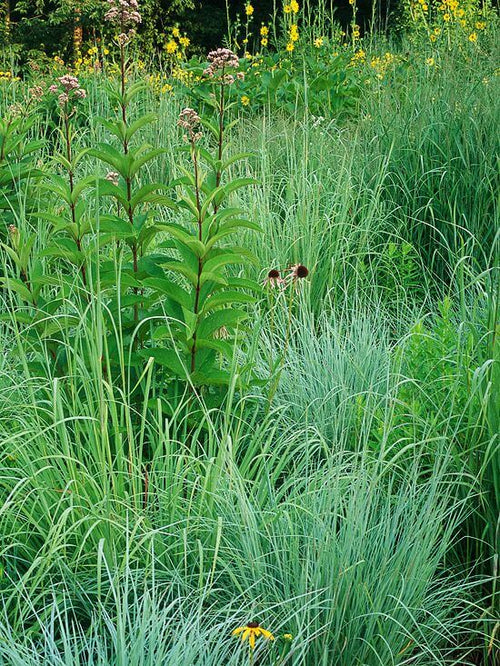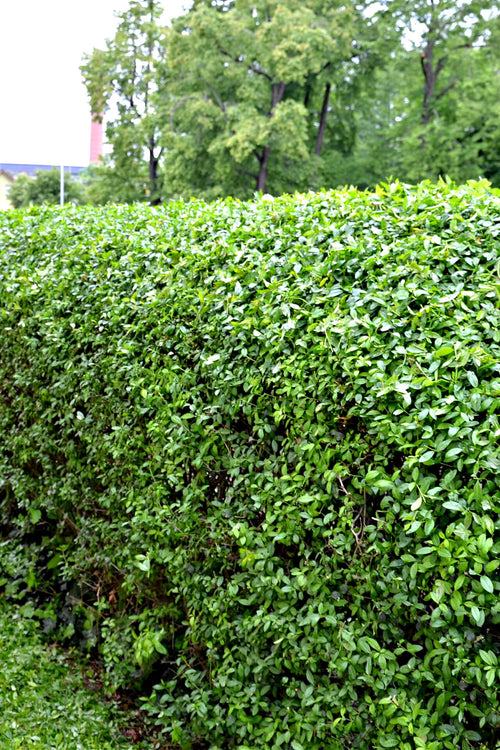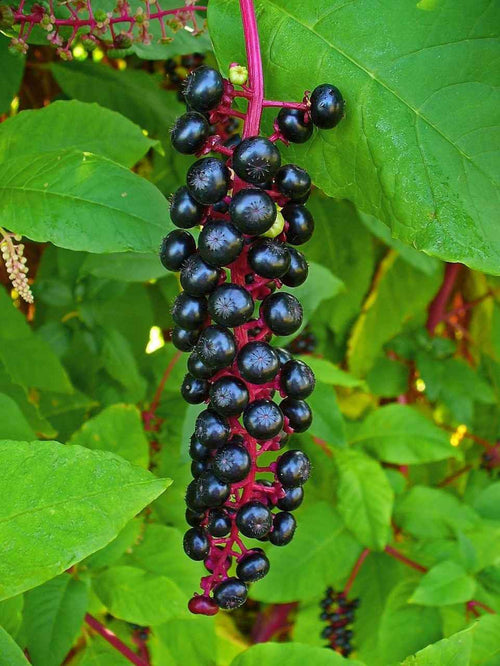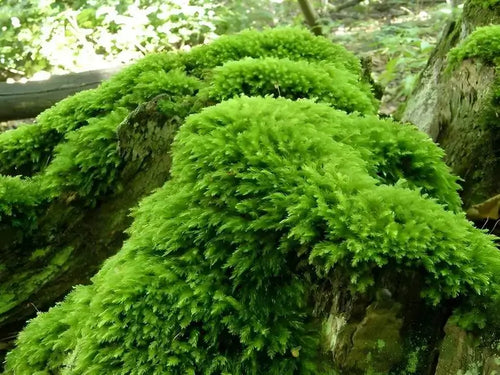White Oak Tree
White Oak Tree is a; majestic and long-lived deciduous tree native to eastern North America. It is known for its iconic rounded crown, deeply lobed leaves, and valuable wood used in furniture and construction.
Renowned for their majesty, they are a cherished addition to any landscape. As native, large, and long-lived trees, they offer a multitude of attributes that make them an excellent choice for planting.
White oak trees' impressive size and distinctive appearance make them a focal point in any environment.
Their broad canopy and sturdy branches provide ample shade, making them ideal for inviting outdoor spaces. Moreover, their beautiful leaves turn vibrant shades of red, orange, and purple in the fall, adding a breathtaking display of colors to the landscape.
Besides their aesthetic appeal, these trees play a vital ecological role. They provide wildlife, including birds, squirrels, and insects, with a necessary habitat and food. They support a diverse ecosystem as a cornerstone species, promoting biodiversity and ecological balance.
These trees' resilience and adaptability are another significant attribute. They thrive in various soil conditions and can withstand harsh weather, making them suitable for planting in multiple regions. Once established, these trees require minimal maintenance, reducing the burden on caretakers.
Their wood is precious and used extensively in constructing furniture, flooring, and barrels for aging wine and spirits. By planting these trees, individuals contribute to the sustainability of this valuable timber resource.
Furthermore, white oak trees are excellent carbon sinks, helping to combat climate change. They absorb and store significant amounts of carbon dioxide, mitigating the impacts of greenhouse gases on the environment.
In conclusion, these trees offer numerous attributes that make them a desirable choice for planting. From their striking appearance and ecological benefits to their valuable wood and environmental impact, they symbolize natural beauty and resilience. Planting them is a lasting investment in the environment and future generations, ensuring a greener and more sustainable world.
Order your white oak trees at TN Nursery.
The White Oak tree, scientifically known as Quercus alba, is a majestic and iconic species that graces North America with its presence. It symbolizes strength, resilience, and natural beauty and holds a special place in the continent's ecological and cultural landscape.
Physically, this tree can attain altitudes of 100 feet, with a massive canopy spanning over 80 feet. Its bark is characterized by a pale gray color and deep furrows, giving it a distinctive, rugged appearance. Its leaves are broad and lobed and have a dark green hue during the warmer months, turning brilliant shades of red, orange, and brown in the fall. These leaves are essential to the tree's identity, providing shade and sustenance to various wildlife.
One of the most remarkable features is its sturdy and enduring wood. The timber harvested from it is highly sought after for strength and durability. It has been used for centuries in constructing ships, furniture, barrels for aging fine wines and spirits, and even flooring. The term "white oak" comes from the pale color of the wood, which is not only aesthetically pleasing but also resistant to decay and insects.
Regarding its ecological importance, it plays a vital role in the forest ecosystem. Its acorns are a crucial food source for wildlife, including deer, squirrels, and numerous bird species. These acorns also allow the White Oak to regenerate and establish new generations of trees.
White Oak Trees are Majestic
Beyond its physical attributes, it holds cultural importance for many Native American tribes and early European settlers. It was often used in crafting tools, baskets, and shelter, making it an integral part of daily life. Its presence in historical landscapes and folklore has also contributed to its timeless appeal.
In summary, the White Oak is not merely a tree but a symbol of endurance, resilience, and the intricate interconnectedness of nature. Its towering presence, valuable timber, and ecological significance make it a cherished and revered species in North America, reminding us of our natural world's enduring beauty and importance.
Buy White Oak Trees at TN Nursery
White Oak Tree
The White Oak tree is an iconic tree considered by many to be "the king of kings" because of its presence and history. Its grand reputation has granted it the official state tree of Maryland, Illinois, and Connecticut. The White Oak tree is large, the perfect shade tree, and a great addition to any property.
The White Oak tree primarily grows in eastern and central North America and can be found as far north as northern Quebec to as south as northern Florida and east Texas. The Hardy Planting Zone categorizes the White Oak tree into zones 3-9, making it a commonly seen and well-growing tree; some specimens are over 450 years old.
At full maturity, the White Oak tree can grow between 50 and 80 feet with a spread of 50 and 80 feet. The White Oak tree grows best in slightly acidic to neutral, deep, moist, well-drained soil. The White Oak tree can slightly adapt to other soil compositions but is intolerant of alkaline, shallow, or abused soils.
The White Oak can survive through a mild drought or wet soil, making it a versatile tree. Some of its essential characteristics include alternating leaves that are 4–8 inches long with 3–4 rounded lobes on all sides. The White Oak tree grows in a round or oval shape, has powerful branches, and produces a deep taproot.
The White Oak tree looks beautiful during the fall, with its leaves changing colors from a vibrant green to a deep burgundy and red. The White Oak tree grows slowly to medium speed and can grow up to 24 inches yearly; it grows best in full sunlight and partial shade throughout the day.
The White Oak tree is truly an iconic sight, making any property stand out with its presence. White Oak Trees can live for as long as 300 years. White Oaks can adapt to almost any type of soil and are storm and wind-resistant. This tree blooms in spring and early summer.

